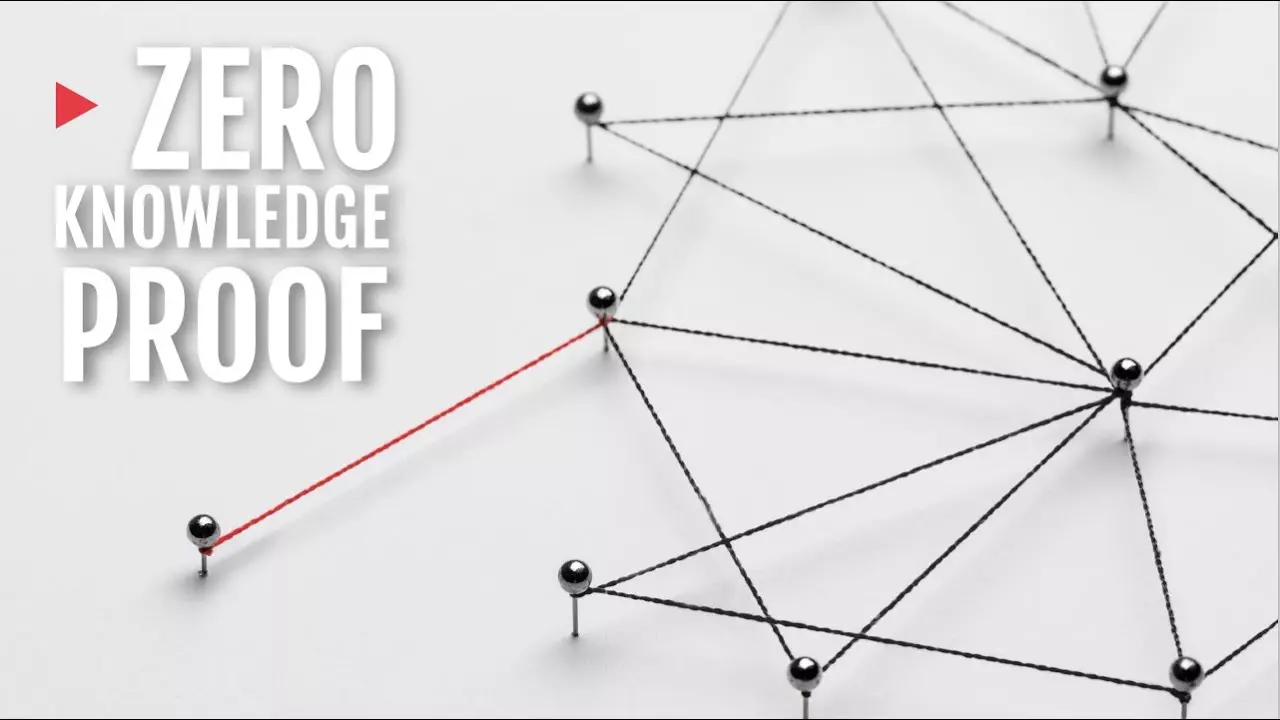Cryptographic proofs are an important aspect in technology and within them, there are some very interesting ones using blockchain, such as zero knowledge proof. These algorithms allow proving that a user has certain information without sharing it.
In a zero knowledge proof, there are two parts: a verifier and a demonstrator. The verifier is in charge of verifying the information held by the other party, while the demonstrator is the one who proves that he or she holds certain information or knowledge, without revealing anything. These tests are so called because no relevant information is exchanged between the parties.
An example of a zero-knowledge test is that of a circular cave with a hidden door that can only be opened with a password. Alice, the demonstrator, wants to prove to Bob that she knows the password to open the door, but does not want to reveal it. Bob, the verifier, must be sure that Alice knows the password. How can Bob be sure that Alice knows the password without her revealing it to him?
The algorithm used is as follows: Bob waits outside while Alice enters the cave through one of the two branches and hides behind it. Then, Bob stands at the exit and asks Alice to leave through one of the two exits. For example, Bob asks Alice to exit through “A”. If Alice crosses the door and exits through “A”, then Bob has two possibilities: either Alice entered through door “A” and exited through “A” without using the password, or she entered through “B” and exited through “A”, which means she used the password. At first, Bob doesn’t know what the reality is, but if Alice had gone out the other door, that would mean that Alice doesn’t know the password and is lying.
Bob repeats the experiment. In this case, Bob exits first and then Alice enters through one of the two doors. Bob tells Alice to go out one of the doors, in particular, in this case, door “B”. If Alice exits through the door that Bob has told her to, then Bob can be a little more confident that she really does know the password. This is because it would be very lucky if both times Alice did not have to use the password.
The algorithm used is to repeat the experiment several times. Bob waits outside while Alice enters the cave and hides. If Bob repeats this experiment numerous times and Alice always goes out the door Bob has told her to, Bob can be pretty sure that she really does know the password.
Bob, then, has been able to verify that Alice knows the password to the door, but he does not know what the password is, how it is used, or even when she has used it or in which direction. He simply knows that with a high probability, equivalent to the number of times the test has been performed, Alice possesses that information. This is an example of how the idea of possession of knowledge can be conveyed without revealing any of that knowledge.
In summary, zero-knowledge proofs using blockchain are an effective way to prove that someone owns certain information without having to disclose it. This type of proof can be very useful in situations where you need to prove identity or ownership of something without revealing sensitive information.
References:
YouTube video on the GREEN channel
